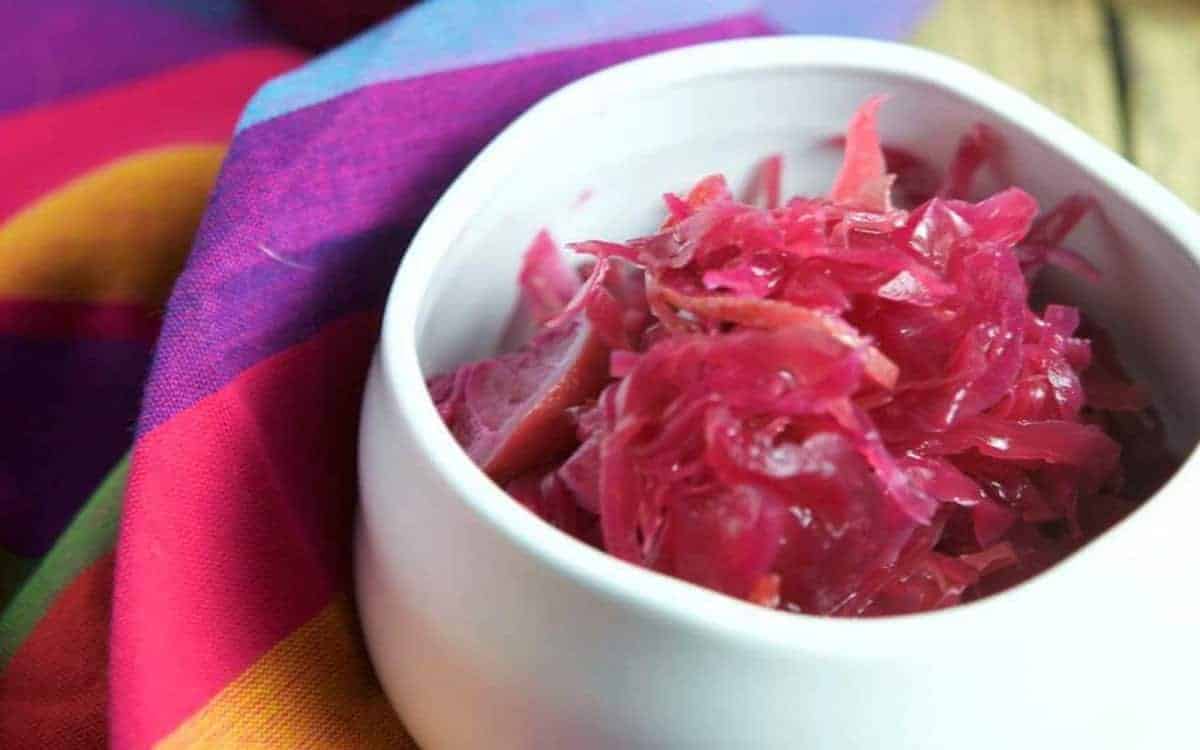Lacto fermentation is a natural process of food preservation by anaerobic lactic acid bacteria (LAB), which produce lactic acid as a byproduct of carbohydrate/sugar metabolism. These strains of bacteria have been used to safely preserve foods for over 4,000 years!
LAB are naturally found in most foods including; dairy products, meat, vegetables, and fruit. When foods undergo lacto fermentation they morph into different food products with a higher beneficial microbe content and less sugar! Cabbage turns into sauerkraut. Grape juice turns into wine! Meat with herbs turns into salami, and milk turns into cheese, yogurt, or kefir.
VERY COOL FACT: Virtually ALL primary, whole foods can be lacto fermented!
Because lactobacillus bacteria eat sugar, converting it to lactic acid, the sugar content of foods is lowered. Additionally, the bio-availability of other nutrients such as vitamins, minerals, and enzymes is enhanced! Furthermore, lactic acid is healthy for your gastrointestinal tract, improving the microbiome and all the many things it effects including immunity, state of mind, digestion,..everything!
Lactobacillus Acidophilus strains are also naturally found in our bodies, most notably in the mouth, vagina, and gastrointestinal tract; especially the small intestine, the primary home of the “microbiome”.
Should you decide to undertake a lacto fermentation project yourself, there are some primary concepts to keep in mind:
1). Lacto fermentation is an “anaerobic” process. This means “without” oxygen. That’s why it’s important to seal your fermenting product below a salt-water bath.
2) Lactobacillus bacteria are salt tolerant. The salt you add to the water you are using to “seal” the oxygen out prevents unwelcome, non-beneficial anaerobic bacteria from growing. So, if your veggies start to smell bad after a few days, throw them out and start over with more salt in the water! Don’t be discouraged, even experienced fermenters have batches go bad occasionally.
3) Refrigeration stops the lacto fermentation process. So, when your fermenting veggies are tart, fizzy, and tasting the way you like them,..put a lid on them and put them in the fridge! They should easily keep for 2-3 weeks, maybe more.

Benefits:
- Food preservation by acidification and reduction of putrefying bacteria
- Enhanced digestibility & bioavailability by predigestion
- Increased vitamin levels, specifically folate, B vitamins, and ascorbic acid
- Healthy gut flora, immune system, and immune function
- Strong social connection
- Removes anti nutrients & toxins in foods
- Extraordinary flavors
- Reduces sugar content of fruits and vegetables, and increases lactic acids which are immune supportive and gut-healthy.
How do we make sauerkraut?
- Thinly slice cabbage, grate vegetables
- Work in unrefined salt with your hands
- Massage cabbage until brine develops
- Press cabbage firmly into fermentation vessel to press out all air pockets
- Place outer cabbage leaves on the surface
- Add weight, forcing the brine up above the vegetables
- Cover with a dishcloth and set aside in a cool place
- During fermentation press down on weight to release CO2 and maintain brine coverage
- Taste to test doneness around day 3 and continue to taste until you think it is “done”
- Firmly pack into storage jars, seal, and refrigerate
Tips:
- As a general rule of thumb, use 1 tablespoon of unrefined salt for every 1 pound of shredded vegetables
- Unrefined salt: Redmond’s Real Salt, Celtic Sea Salt, Himalayan Crystal Salt
- Check kraut daily
- “Submerge in brine and all will be fine”
- Checking for “doneness”:
- Look: somewhat translucent and the color of cooked cabbage
- Smell: sour
- Touch: firm to slightly soft, not mushy or slimy
- Taste: pleasingly sour and pickle-y
Great vegetable combinations to try:
- Cabbage, carrot, ginger
- Cabbage, lemon, mint
- Cabbage, beet, ginger
- Cabbage, apple, onion, fennel seed
- Cabbage, leek, black pepper
- Cabbage, caraway seeds
- Cabbage, leek, horseradish

